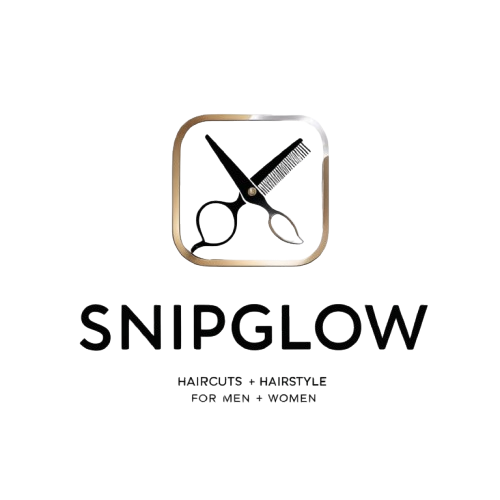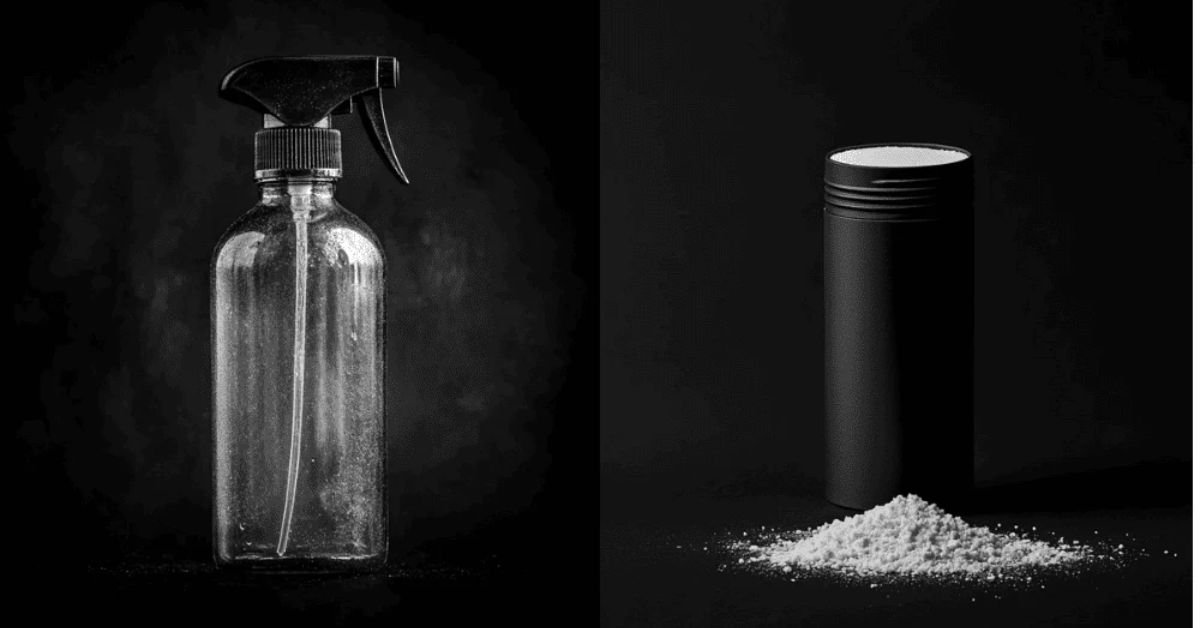Introduction
If you’ve ever struggled to choose sea salt spray vs texture powder, you’re not alone. These two styling essentials have taken over barber shops, runways, and men’s grooming counters in 2025. One promises the windswept, beach-day vibe. The other delivers instant root lift and structure. But which is truly right for you?
According to professional stylists, the answer depends on your hair type, desired hold, and style goals. Sea salt spray works by coating hair with salt-infused minerals, mimicking the natural texture you get after a swim in the ocean. Texture powder, on the other hand, uses lightweight silica or starch-based particles to add grip and fullness transforming even fine or limp hair into a voluminous style.
In this guide, we’ll dive deep into sea salt spray vs texture powder exploring how they work, their pros and cons, and expert tips for getting the most out of each. By the end, you’ll know exactly which one will make your hairstyle look effortlessly fresh, every single time.
What Sea Salt Spray Does
The comparison between sea salt spray and texture powder begins with sea salt spray. It is water‑based and lightweight. The salt lifts the hair and absorbs excess oil. It roughs up the cuticle, adding grit and volume to limp strands. It works on both dry and wet hair.
On damp hair you spray, scrunch, and let air dry or use a diffuser. On dry hair you mist and reshape your hands. It creates a sloppy beach look and a flexible grip. Though it adds texture, it may dry out fragile or processed hair if overused.
What Texture Powder Offers
In the sea salt spray vs texture powder debate, texture powder stands out for its instant root lift. Made from silica, rice, or clay particles, it clings to the hair at the roots to create volume and grip.
Powder is applied to dry hair and massaged in. It absorbs oil and creates friction so hair strands separate and look fuller. The result is thicker volume, matte finish, and better hold than spray. Powder suits short to mid‑length cuts or fine hair, but may clump if too much is used or hair is long.
When to Use Sea Salt Spray & Texture Powder
Sea salt spray and texture powder choice depends on what you want from your hair. If you aim for tousled waves and natural movement, sea salt spray is best. It gives airy lifts and light hold ideal for relaxed styles. It works well for medium to long hair, wavy or straight.
If you want defined volume, root lift, and a stronger matte hold with control, texture powder is more suitable. Fine or thinning hair benefits from the grip and thickness it gives. Powder is not great for long or curly hair because it may not distribute evenly and can look clumpy.
Combined Use for Best Results
A combination of sea salt spray vs texture powder can give great results. First spritz sea salt spray on damp hair. Scrunch and let dry naturally or with a diffuser. Apply a tiny bit of texture powder to the roots of your hair once it has dried.
Massage it in for lift and grip. This gives the beachy relaxed base plus shape and longer lasting volume. Transitioning from one product to the other helps each do its job: spray for wave and movement, powder for lift and structure. Just remember to use light amounts to avoid dryness or clumping.
Table: Key Features Comparison
| Feature | Sea Salt Spray | Texture Powder |
| Application | Mist on damp or dry hair | Sprinkle on dry hair roots |
| Finish | Matte, gritty, natural wave | Matte, strong grip, root lift |
| Hold | Light to medium | Medium to high |
| Best for hair types | Medium to long, wavy, straight | Short to medium, fine or thinning hair |
| Texture & volume | Adds wave and separation | Immediate lift, thickness, and structure |
| Risk | Can dry out hair if overused | Can clump or make long hair sticky if over applied |
Expert Tips for Care and Use
When used excessively, sea salt spray can dry out hair, according to experts. This may cause tangles, especially if hair is chemically treated or very dry. Between uses, it is best to wash hair thoroughly and condition to restore moisture.
Texture powder does not carry the same risk of dryness but using too much can weigh down roots or leave residue if not blended well into hair.
Conclusion
Ultimately, choosing between sea salt spray vs texture powder comes down to your hair type, your styling needs, and the look you want to achieve. While sea salt spray is ideal for adding natural waves, loose texture, and a relaxed matte finish, it especially shines on medium to long hair. As a result, it creates a laid‑back, beach‑inspired style that feels effortless yet stylish.
Texture powder, on the other hand, is the go-to for instant root lift, thickness, and long-lasting hold. It’s especially effective for short to medium cuts, or for fine hair that needs extra volume and grip.
For some, the best results come from combining both—sea salt spray for the base texture, and texture powder for root lift and control. Whichever you choose, remember that the right product used in the right way can completely transform your hairstyle. Your perfect texture is just a product (or two) away.
FAQs
Can I apply texture powder after using sea salt spray?
Yes, starting with sea salt spray on damp hair and finishing with texture powder on dry roots gives volume, wave, and structure.
Is texture powder better for fine hair?
Texture powder works very well with fine or thinning hair, giving lift and thickness near roots without weighing hair down.
Will sea salt spray damage my hair?
Sea salt spray can dry hair if used daily or on already dry, processed hair. Washing and conditioning between uses helps prevent damage.
Which gives stronger hold: spray or powder?
Texture powder usually gives a stronger hold and more structure at roots. Sea salt spray offers a lighter, more flexible hold.
Can short hair be treated with sea salt spray?
Sea salt spray can be used on short hair but shows best effect on medium to longer styles where waves and movement form.

Hassan Raza is a passionate men’s grooming enthusiast specializing in modern and classic haircuts. He delivers expert insights, trends, and styling tips for all hair types.

